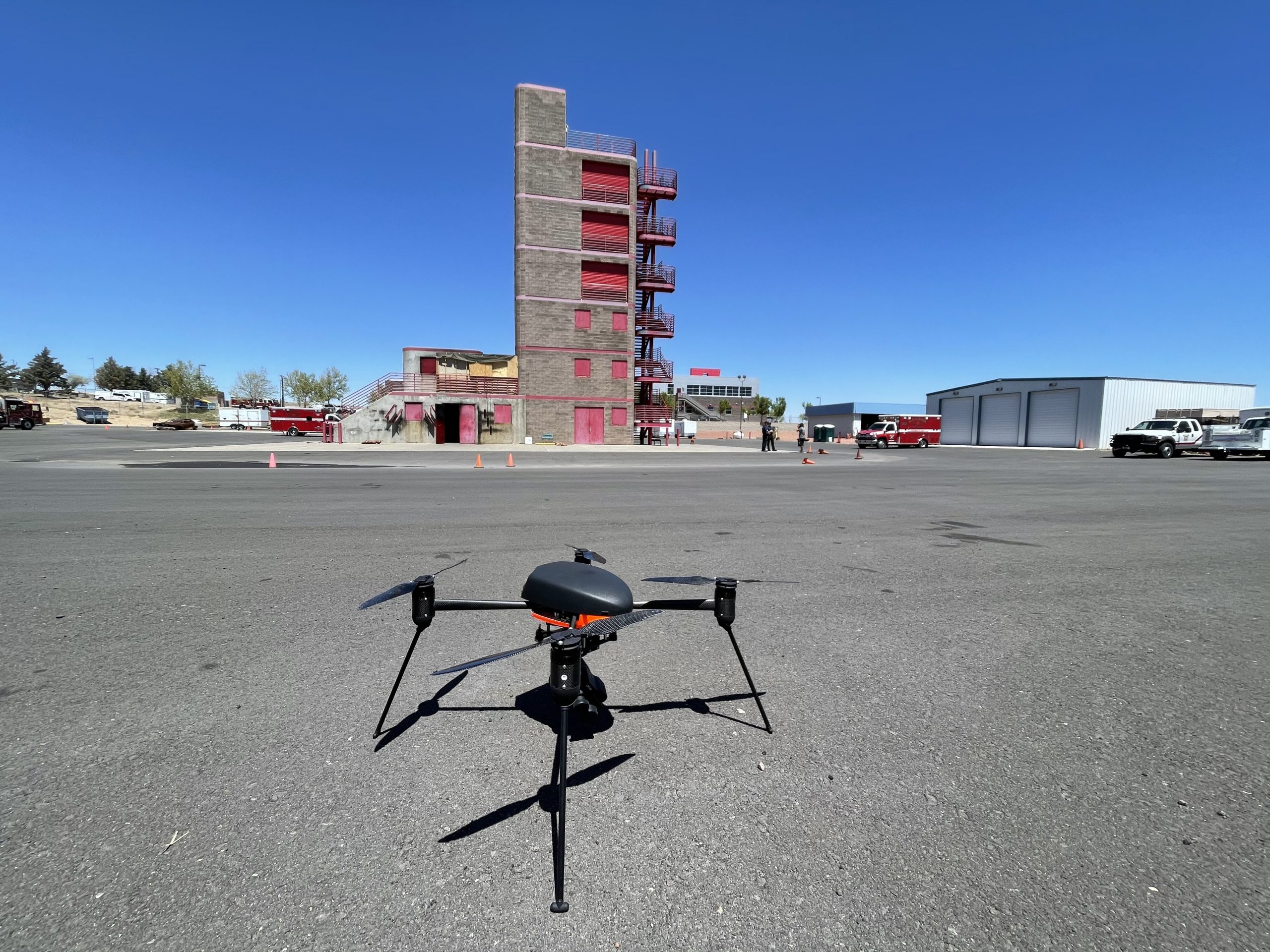How Firefighters Can Fly a Drone to Failure

Flying a firefighting drone at an incident is an extremely high-pressure job. And unless the PIC sticks to well-thought-out systems and processes, the chances of a drone crash are really high.
These are the two biggest reasons for mission failure:
- Tunnel vision in an adrenaline-charged environment
- “Pushing the Limits”
“Tunnel Vision” in An Adrenaline-Charged Environment
Whether the incident is in a rural or urban landscape, one thing remains common – the chaos all around.
Imagine flying a drone with all the units arriving on the scene, the radio transmissions, and the emotional bystanders unaccustomed to witnessing a catastrophic event.
Certainly, not an easy job by any means.
If the drone pilot is unable to stay cool in this adrenaline-charged environment, and successfully fight the “Get there Quick and Get it up” mindset, the chances of failure increase dramatically.
Pushing the Limits
Specific requests at an incident are a common occurrence and, when the drone can be flown safely, the pilot should, of course, comply.
However, when the battery levels are low or critical, the pilot should never “push the limits” and deviate from the pre-defined hard limits.
Unless the drone is providing critical information that can save a life at that moment.
